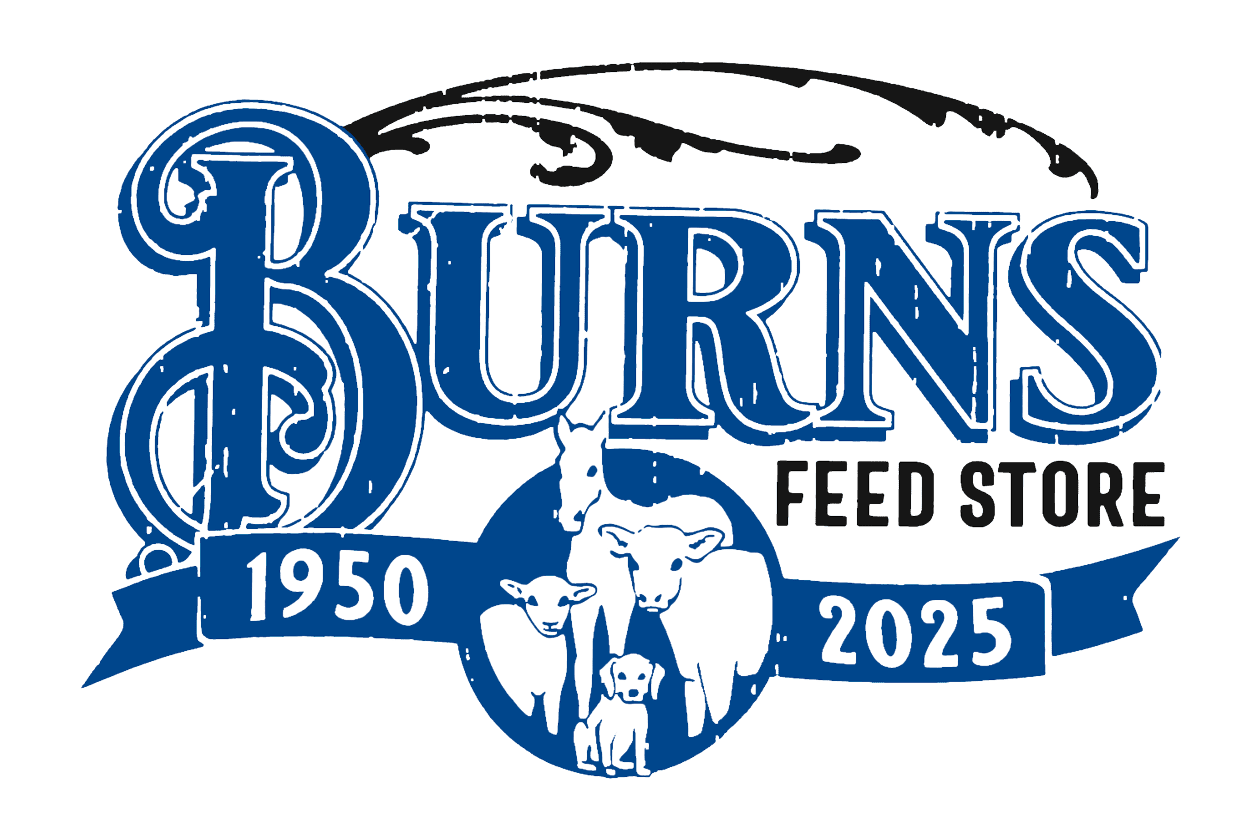About Burns Feed Store
Located in the Portland, OR area, Burns Feed Store is large enough to supply your needs, small enough to provide great service! Same family, same location since 1950.
Address
29215 SE Orient Drive
Gresham, OR 97080
(503) 663-3246
Store Hours
We are open seven days a week.
Monday-Friday: 8am to 6pm
Saturday: 8am to 5pm
Sunday: 10am to 4pm
